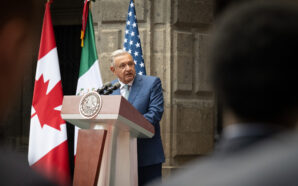The pandemic changed the way we vote in California, and some reforms made voting patterns more equitable, while others did not, according to a new study from the Public Policy Institute of California.
The decision to send mail-in ballots to all registered voters narrowed the gap between groups often turning out in force, such as non-Hispanic white voters and older people, and those who are underrepresented, often people of color and younger voters.
Eric McGhee, senior fellow at the Public Policy Institute of California and the report’s co-author, said concerns about voter suppression are overblown.
“When you mail everybody a ballot, you get basically the same number of people turning out to vote,” McGhee pointed out. “You’re not suppressing one side’s vote versus the other. There’s no evidence that it alters election outcomes. And there wasn’t even a gap in opinions about mail-in voting until the 2020 election.”
Deep blue Oregon and deep red Utah have been mailing ballots to all registered voters for years with very few irregularities and no partisan effect.
However, in the context of a primary, the study found mailing every voter a ballot actually worsened the turnout gap.
McGhee noted while it elevated everybody’s turnout, it raised turnout for white voters and seniors even more.
“So in a primary election context, it can’t be just sort of a ‘rising tide lifts all ships’ kind of thing,” McGhee contended. “It has to be more of a targeted deliberate effort to bring out the vote of underrepresented communities.”
In recent years, many counties have embraced the Voting Rights Act, which allowed them to open regional vote centers to allow for more early voting while closing down some local polling places.
McGhee reported it actually widened the turnout gap because it caused significant voter confusion, especially among neighborhoods of color and young voters.
“So what we recommended was to consider maybe doing less consolidation,” McGhee urged. “Or to do better outreach, to communicate the change to voters so that they’re more aware of it.”
Support for this reporting was provided by The Carnegie Corporation of New York.






